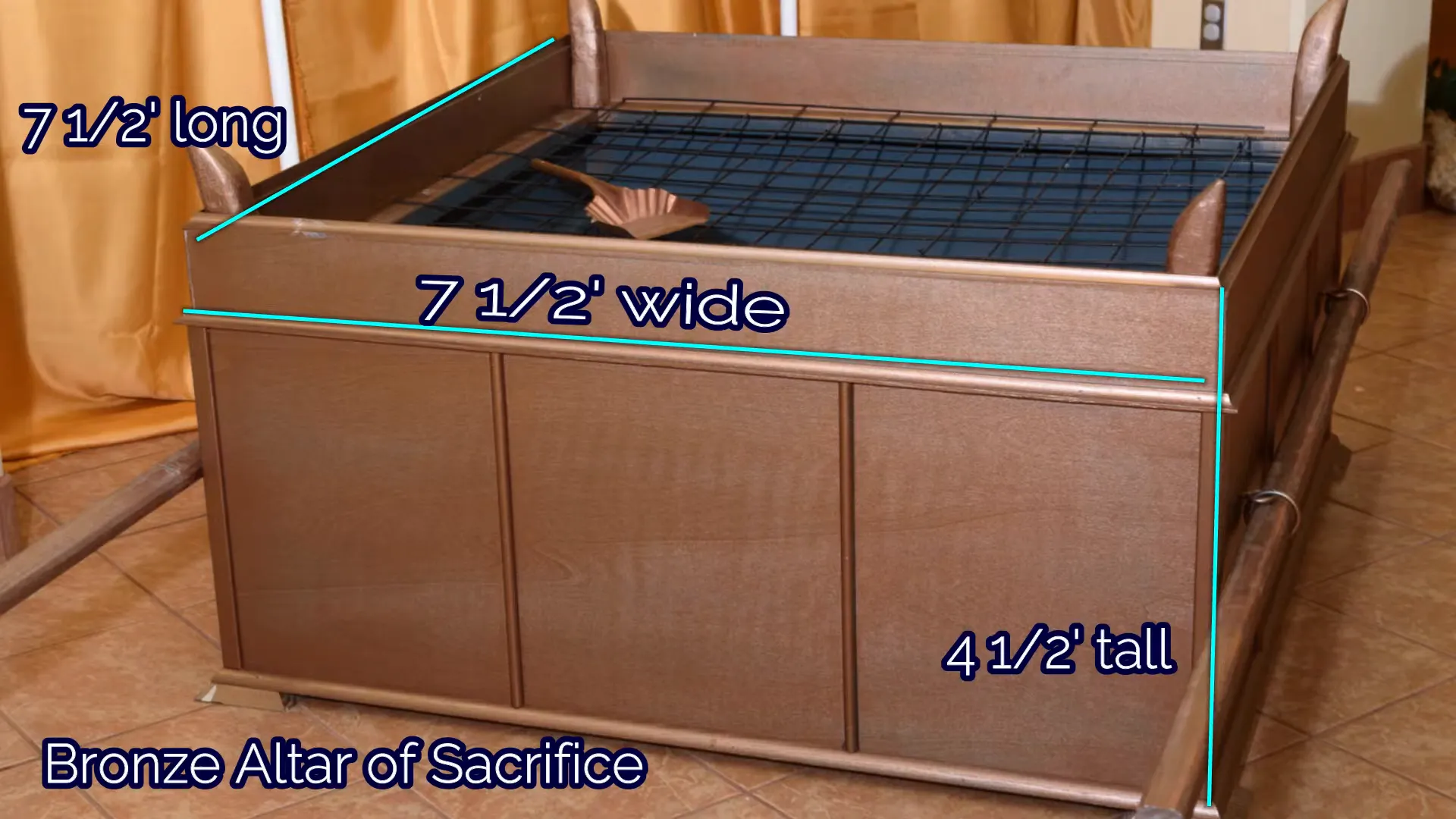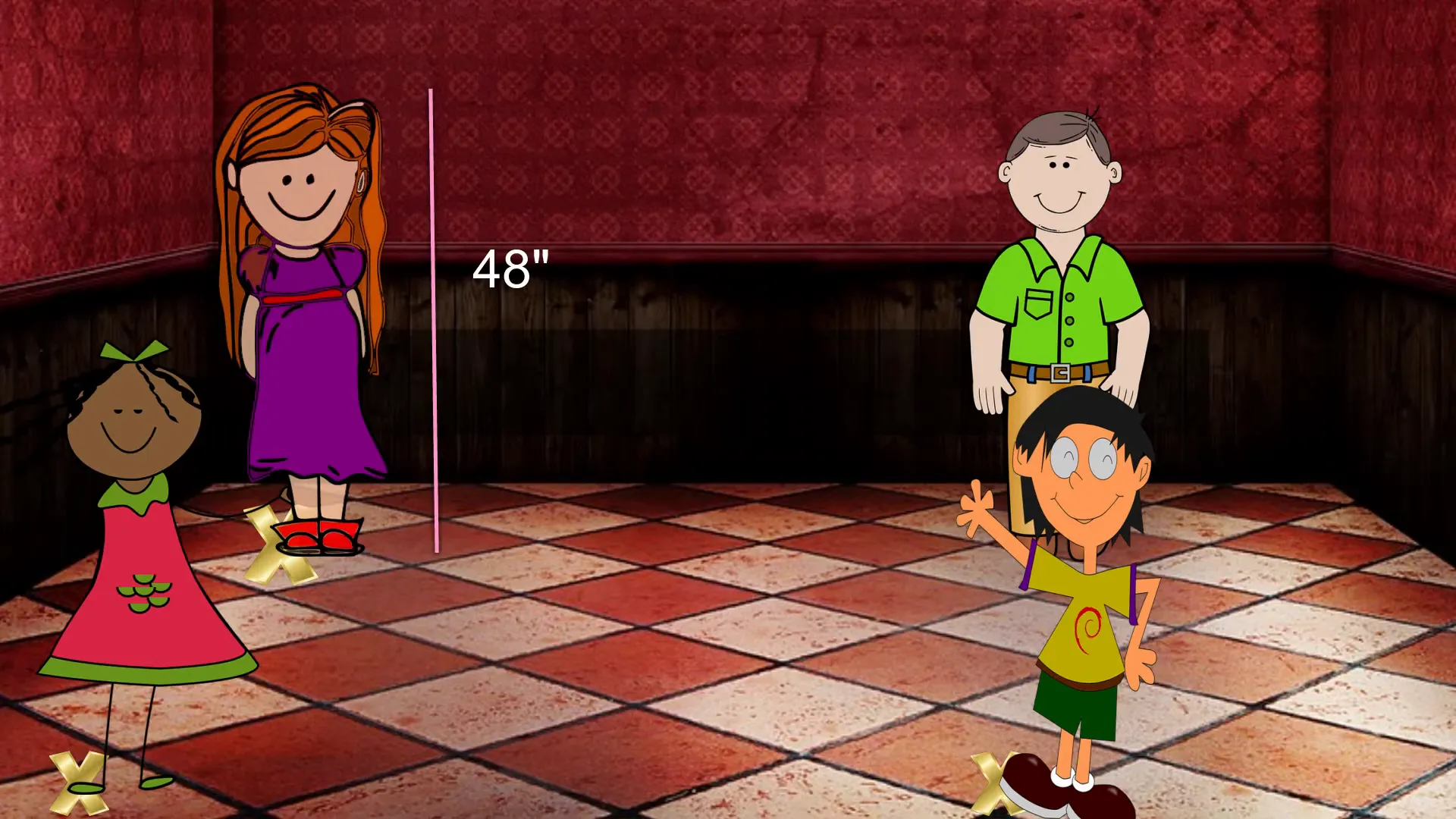Explaining Old Testament Biblical Sin Offerings to Children
When it comes to discussing the altar of sacrifice and the concept of sin with children, it can be a challenging yet essential task. Understanding the seriousness of sin is crucial for grasping why Jesus had to die on the cross for our sins.
In this article, I’m going to share specific wording you can use to introduce this topic to your students, along with creative ideas for constructing a tangible altar of sacrifice that they can engage with. Let’s dive in!
Understanding Sin: What It Is and Its Consequences
It's vital for students to grasp what sin truly means and the serious consequences it brings. I often begin by explaining, “The Bible tells us that everyone—yes, you, me, and even your parents—has sinned.” The term "sin" comes from an archery background, where it was yelled when an arrow missed the bullseye, the center of the target. At this point, I like to reveal a target, which could be a magnetic dartboard or a paper target (just avoid anything sharp!).

Next, I pick a couple of students to stand at a distance from the target. When they miss, I say, “That’s a miss, or in biblical terms, that’s sin.”
I explain, “Sin means to miss the mark, to miss the center of the target. You may not mean to miss it, but you still do, and that's what sin is—missing the mark of perfection.”
It’s important to emphasize that everyone has sinned at some point; I’ve never met anyone who hasn’t lied or demanded their own way.
This leads us to a significant problem: the Bible tells us that the cost of sin is separation from God. But here’s the good news: God loves you and me way too much to leave us separated from Him. However, the bad news is that the cost of sin is death. A payment must be made for us to have a relationship with God.
The Sacrificial System: A Temporary Solution
God loved His people so much that during the days of the Tabernacle, He established a system where an animal that didn’t deserve to die could take the place of a person. Let’s call this person Mr. Sinha.
At this point, I like to hold up a stuffed animal—ideally a sheep or goat, but any plush animal will do.

I assure the students, “We don’t do animal sacrifices anymore, and there’s a very good reason for that.” I then explain that the animal brought for sacrifice had to be perfect—uninjured and without blemish.
This animal would take the place of Mr. Sinha, who wants forgiveness from God. Instead of Mr. Sinha dying, God allowed the animal to die in his place. The blood of this animal restored Mr. Sinha's relationship with God, and we could call him Mr. Forgiving now.
But unfortunately, this was only a temporary fix. As soon as Mr. Forgiving sinned again, his name would revert back to Mr. Sinha, and he’d have to bring another animal to the altar. This cycle never ended.
Hebrews 2:17: The Ultimate Sacrifice
At this point, I have the students open their Bibles to Hebrews 2:17 and read together: “Our merciful and faithful high priest before God could offer a sacrifice that would take away the sins of the people.”
Here, I explain that Jesus is the high priest who offered the ultimate sacrifice on our behalf. The perfect Lamb of God died on the cross and completely paid our sin debt.
If any of the students ask questions, I reassure them that humans would never sacrifice on the altar, as God values human life too much for that. Instead, He allowed His son to die in our place, which is indeed a great mystery. However, it should remove any doubt in their minds that they are deeply loved.
Visualizing the Tabernacle Altar
Understanding the furniture pieces of the Tabernacle can be challenging for both adults and children. Having something tangible to show the students is incredibly important. If you have the time, resources, and skills, creating a full-size altar can be impactful. But if not, I have plenty of ideas for smaller versions that can also be effective.

Let’s look at the basic specifications: the bronze altar was four and a half feet tall and seven and a half feet wide and long—a square that was the largest piece of furniture in the Tabernacle. It was made of acacia wood, a durable and beautiful material still used today in fine furniture. Here are three suggestions for making your own altar that will engage your students actively:
- Look for a small hibachi charcoal grill at thrift stores or garage sales. These are typically square or rectangular and can be spray-painted.
- Consider using an oven rack or baking cooling rack placed on top of a box.
- A raised garden bed is another excellent alternative. Some kits allow you to configure them into different shapes, adding depth to your altar.
Creative Engagement with Students
To make the learning experience more interactive, measure out a seven-and-a-half-foot square on the floor with masking tape to show the size of the altar. Have students find four classmates who are closest in height to 48 inches—the height of the altar. These four students can stand at the corners, allowing the class to visualize the altar's dimensions.

If a carpenter is available, nothing beats having a full or half-sized altar for students to sit around as you discuss the sacrifice that Christ made on their behalf.
I’ve never made a full-size altar, but I had a half-sized one created. It was designed to fold flat, consisting of two pieces with hinges for easy storage. The grading was made from steel to provide stability, and the horns were hand-carved. For the poles, you don’t need to use wood; you can save money by using 2-inch PVC pipes cut to size and spray-painted bronze.
My half-size altar and other recreations of the tabernacle are available for rent from Experience the Bible Creatively. Click here to see what's available!
Regardless of which option you choose, your students will remember this lesson on sin, redemption, and salvation, all centered around the altar of sacrifice and the ultimate sacrifice made for us.
Conclusion: The Importance of Teaching with Visuals
This is a reminder that props are always better than paper. Engaging students with visual aids and hands-on experiences fosters a deeper understanding of biblical concepts. By explaining the Old Testament sacrificial system in a relatable and interactive way, you are helping your students grasp the significance of Jesus’ sacrifice on the cross for their sins.
Let’s continue to explore the richness of the Bible creatively and ensure that our students not only learn but also experience the profound love God has for them!
Help Your Students Fall in Love With the Bible
Teach the Bible with what you know it can have: powerful, effective, life-changing impact. Whether you’re looking for homeschool Bible curriculum, Christian school classroom curriculum, Vacation Bible School (VBS), or kids Bible study content, we’re here to help your students experience the Bible creatively.
Shop Curriculum